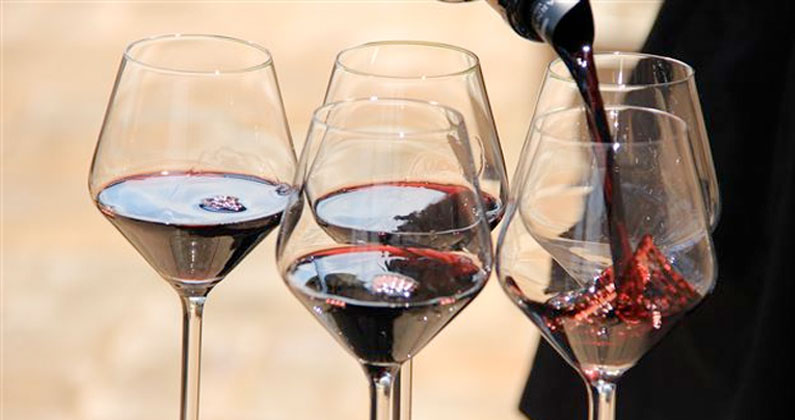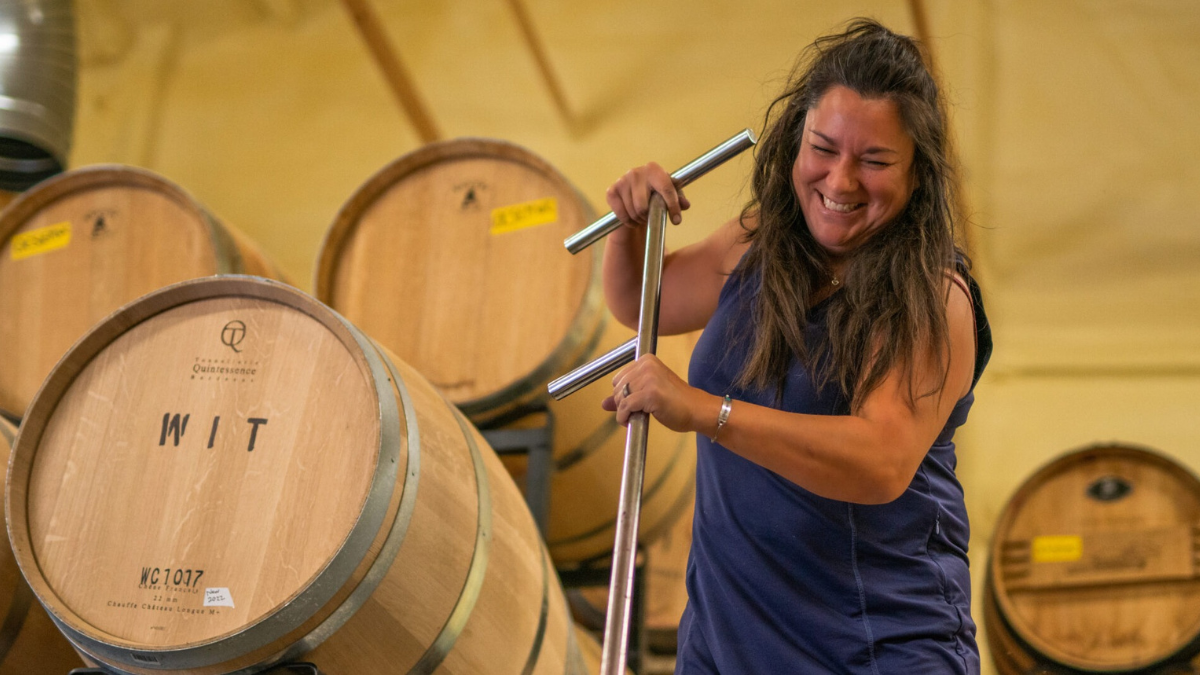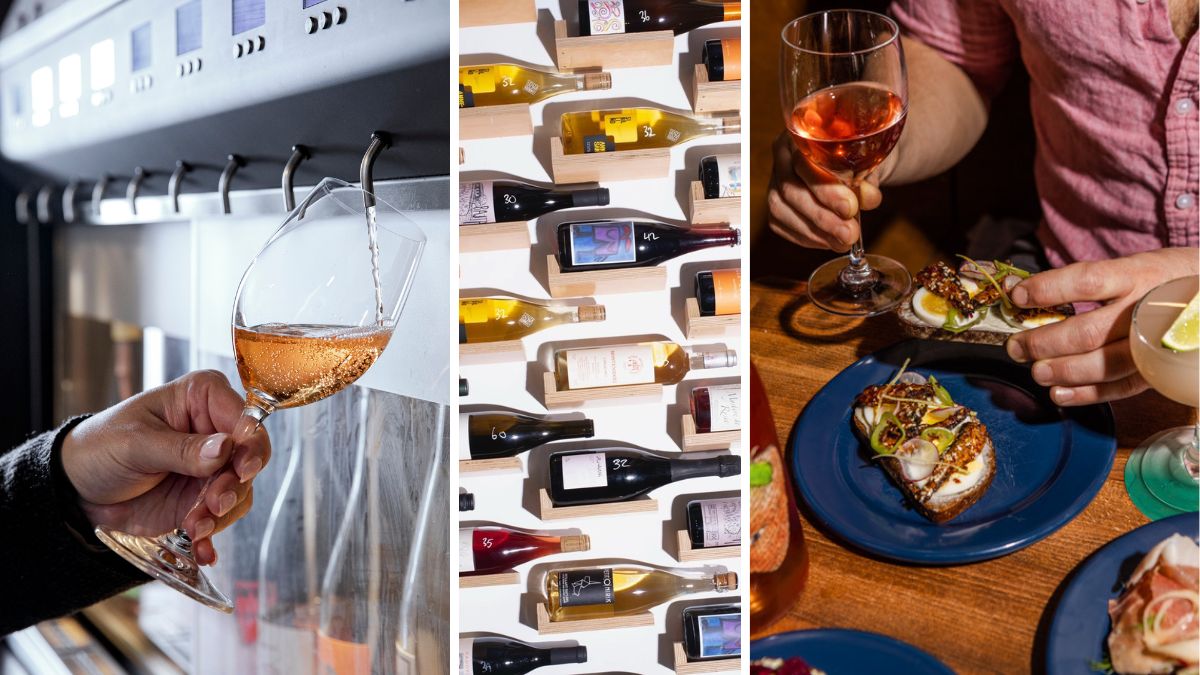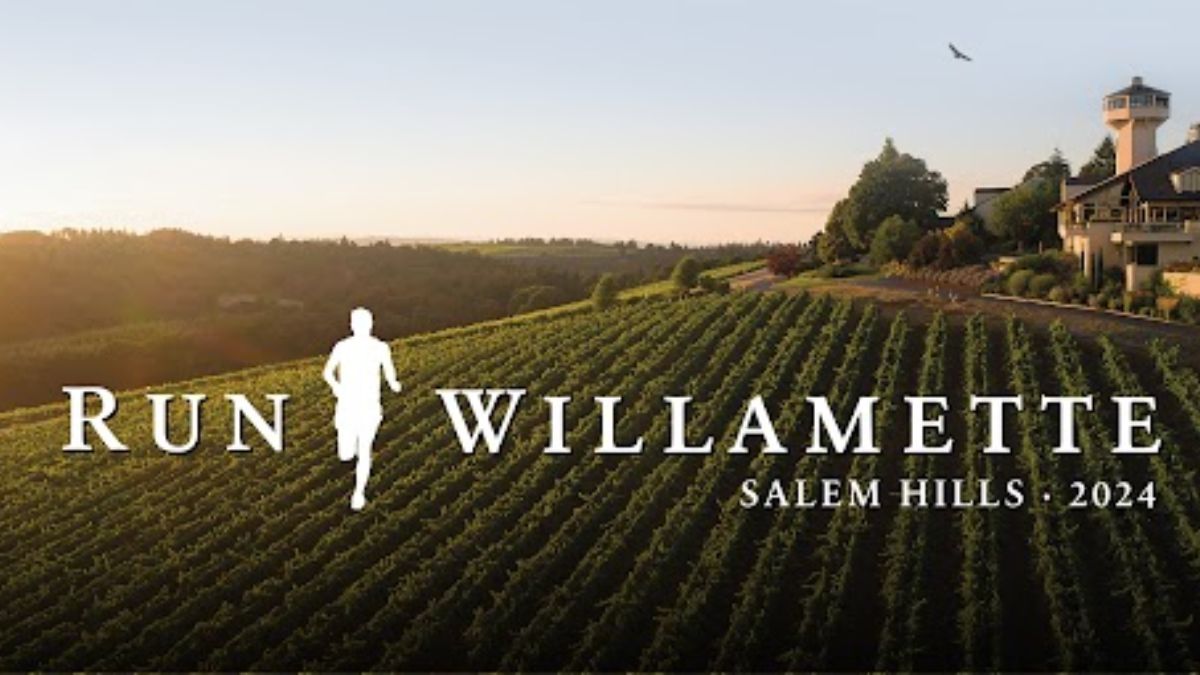There are a few different thoughts that run through your head when you’re sitting in a room for hours, tasting dozens if not hundreds of wines, all while trying to figure out which ones are the best of the bunch. Most of them are variations on “what in the world have I gotten myself into,” but amidst the mild self-loathing were some insights into the current state of Northwest wine.
Holy cow we make a lot of different wines. The full list of varietals that made their way into wines we tasted would be longer than this column. There’s no doubt that growers and winemakers throughout the Pacific Northwest have been inspired to try their hand at just about every grape, and that “can-do” spirit is inspiring. Even if some of those experiments don’t result in fantastic wine, they all serve to broaden our understanding of what we can (and can’t) do.
White wine is a struggle. There’s no shortage of white wine being made throughout the region, but most of it profiled as mediocre at best during judgment. Obviously we didn’t get to taste every single white wine made (thankfully), but the sample was pretty representative. Part of the problem is that we just don’t have an established stylistic profile for grapes like Chardonnay, Sauvignon Blanc or Pinot Gris, wines which can be and are made in wildly different ways. The other is that some winemakers treat white wine as something they should be making so that they can appeal to more customers, not something they’re passionate about. That said, the eye-opener was Riesling, which remains the standout white of the area, even if those other grapes are now more popular. The best combine the bracing acidity and minerality of Germany with the texture and body of Alsace, and are thoroughly delightful.
Cabernet Franc needs more love. The more famous members of the Cabernet family may get the most love, yet Cabernet Franc, especially when bottled on its own, might surpass them in quality and consistency. With our warm and long summer days, the grape can reach full ripeness and aromatic expression while retaining a backbone of acid and complexity that is truly exceptional. Some of the top offerings in that category were the best wines I tasted, even if they’re generally less heralded (and less expensive) than many.
Acid is great, but… Acidity is an essential feature of virtually all good and great wine, and fortunately that’s a fact that’s become widely accepted throughout the Northwest. With our capacity for ripeness, richness and alcohol, maintaining the tension and brightness that acid provides is crucial, unless fruit bombs are what you’re aiming for. It is best if that acidity is naturally present in the grape when it’s picked, yet there’s no doubt that many winemakers have to rely on acidification to get the desired balance. With more hot vintages to come, it’s a necessary (if unglamorous) addition.
The Pacific Northwest is a fascinating and fast-growing wine region. There’s still quite a bit to discover: new vineyard sites, new varietals, new techniques and new blends. We’re at the leading edge of wine and wine technology, and while sometimes that means tasting wine in its beta stage, it also means getting to break new ground and discover something new each time we raise a glass.






